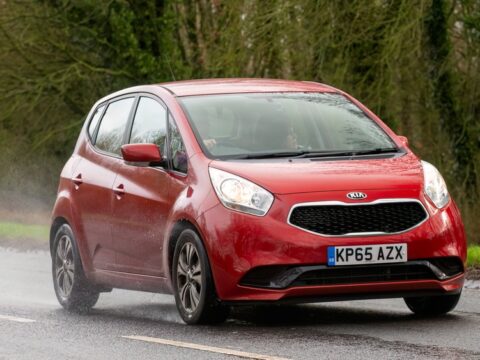While solar-powered cars hold great promise for a cleaner future, several barriers still prevent their widespread use. From limited energy efficiency to high production costs, these challenges make it difficult for solar cars to become a practical option for most drivers. Overcoming these obstacles will be key to making solar-powered vehicles a more viable solution in the transportation industry.
Contents
Limited Solar Energy Efficiency

The efficiency of current solar panels is relatively low, with most converting only about 15-20% of sunlight into usable energy. This restricts how much electricity can be generated for a car, especially in less sunny environments. For long-distance travel, this limitation poses a significant challenge. Until solar panels become more efficient, solar-powered cars will struggle to compete with other technologies.
High Manufacturing Costs

The process of producing solar-powered vehicles is expensive due to the cost of advanced solar panels and the lightweight materials needed for energy efficiency. Solar panels themselves are costly, and integrating them into cars adds to the overall price. Additionally, developing these vehicles requires specialized components, further driving up costs.
Limited Energy Storage Capacity
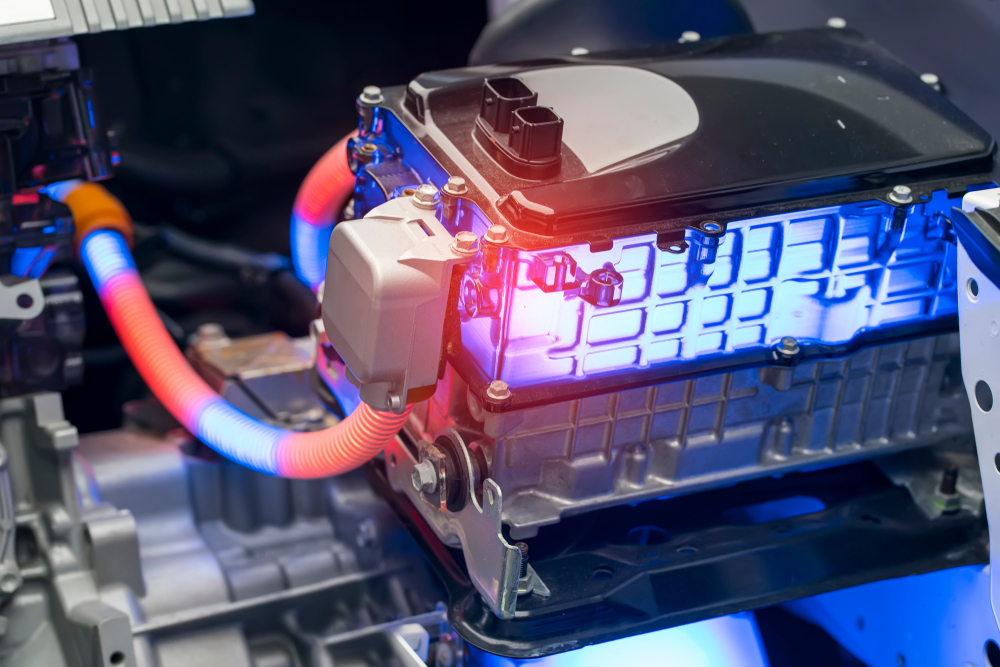
Current battery technology for storing solar energy remains limited, making it difficult for solar-powered cars to store enough energy for extended trips. Most solar cars can only travel short distances before needing to recharge. Improving battery capacity is essential for solar cars to become viable for everyday use.
Inconsistent Sunlight Availability

Solar-powered cars are at their best in regions that experience abundant, direct sunlight. However, in places with frequent cloud cover, rain, or shorter daylight hours, these vehicles struggle to generate sufficient power. This makes solar cars less practical in areas with variable weather conditions. To succeed globally, they need a solution for generating energy consistently, even in unfavorable climates.
Vehicle Design Limitations

To generate enough energy, solar-powered cars need a large surface area covered in solar panels, which can clash with aerodynamic vehicle designs. These panels also add weight, reducing the car’s overall efficiency. Striking a balance between practical design and energy needs is a major hurdle. Future innovations in vehicle construction will need to address these conflicting requirements.
Slow Charging Speeds
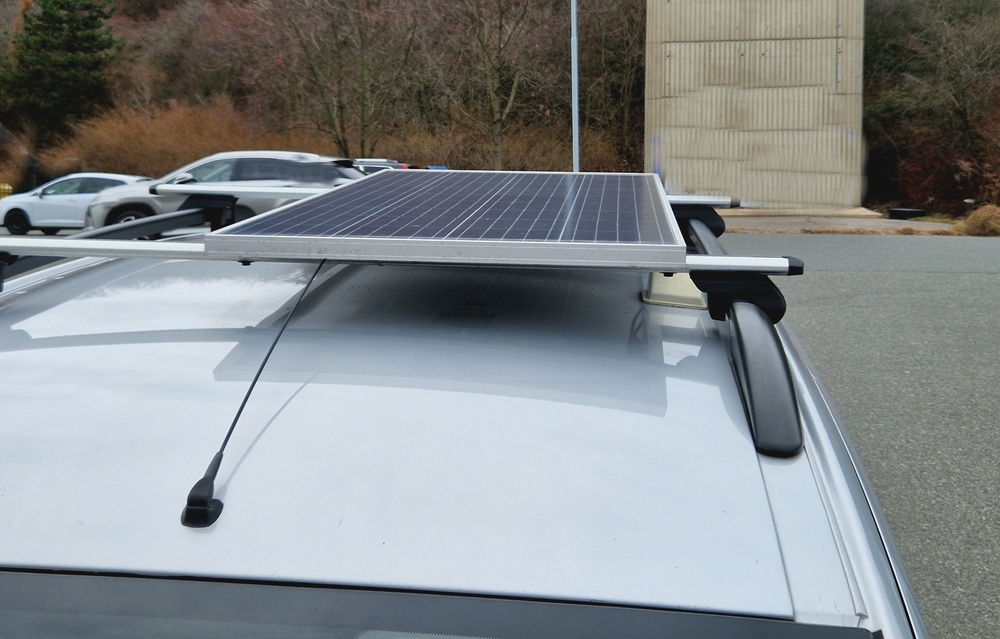
One of the most significant drawbacks of solar-powered cars is the slow rate at which they charge. On cloudy days or in regions with limited sunlight, these vehicles may not generate enough power to fully recharge within a reasonable time. This makes them less practical for daily use or long trips. Without breakthroughs in solar charging speed, these cars will continue to lag behind other electric options.
High Initial Investment

Solar-powered cars come with a hefty price tag, largely due to the cost of solar panels and specialized design elements. Although fuel savings can accumulate over time, the initial purchase cost remains prohibitive for many consumers. This high upfront investment discourages potential buyers. Reducing these costs is crucial for making solar cars more appealing to the general market.
Energy Generation in Urban Environments

Urban areas present a unique challenge for solar-powered cars. The shadows cast by tall buildings can significantly limit the amount of sunlight that reaches the vehicle, reducing its ability to generate power. For city drivers, solar cars may not be a feasible option without supplemental charging. As a result, solar vehicles may not perform as well in densely populated urban environments.
Weather-Dependent Performance

The effectiveness of solar-powered cars heavily depends on the weather. In sunny conditions, they perform well, but their efficiency drops dramatically in rainy, snowy, or cloudy environments. This reliance on favorable weather makes them unreliable in many parts of the world. Improving their ability to function in less-than-ideal conditions is essential for increasing their usability.
Longer Charging Times in Certain Seasons

During winter months or in regions with short daylight hours, solar-powered cars face longer charging times. The reduced sunlight makes it difficult for these vehicles to generate enough energy to stay fully charged. For people living in these regions, solar cars may not be a practical solution year-round. Addressing this seasonal challenge will be key to making solar-powered vehicles more appealing.
Fragility of Solar Panels

Solar panels are fragile and susceptible to damage from environmental factors like hail, debris, or extreme temperatures. If the panels are damaged, the car’s energy generation capabilities could be compromised, rendering it less efficient or even inoperable. Enhancing the durability of solar panels is necessary to ensure the long-term viability of these vehicles in a variety of climates.
Limited Range
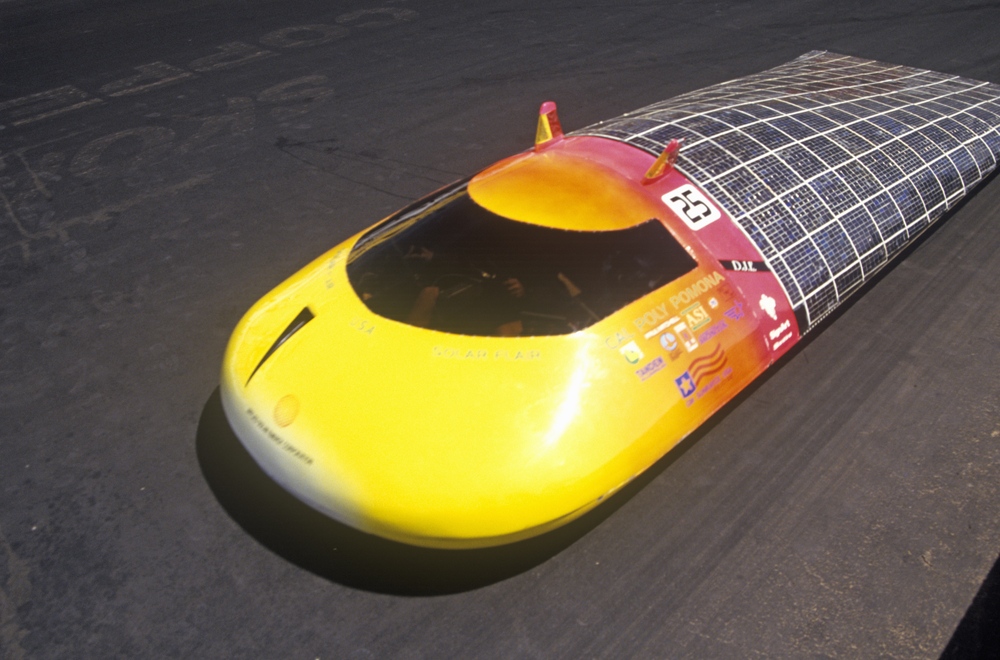
Currently, solar-powered cars are limited in range, often only able to travel short distances on a single charge. This makes them impractical for long-distance travel without additional charging sources. Until technology improves to extend the range, solar cars will struggle to meet the expectations of drivers who require greater distances between charges. This limitation curbs their potential as a reliable transportation option.
Battery Degradation Over Time

Like traditional electric vehicles, solar-powered cars experience battery degradation over time. As the battery’s ability to hold a charge diminishes, the overall efficiency of the vehicle is reduced. This increases maintenance costs and decreases the vehicle’s lifespan. Finding ways to extend battery life is essential for making solar-powered cars a more sustainable and long-term option.
Integration with Existing Electric Grid
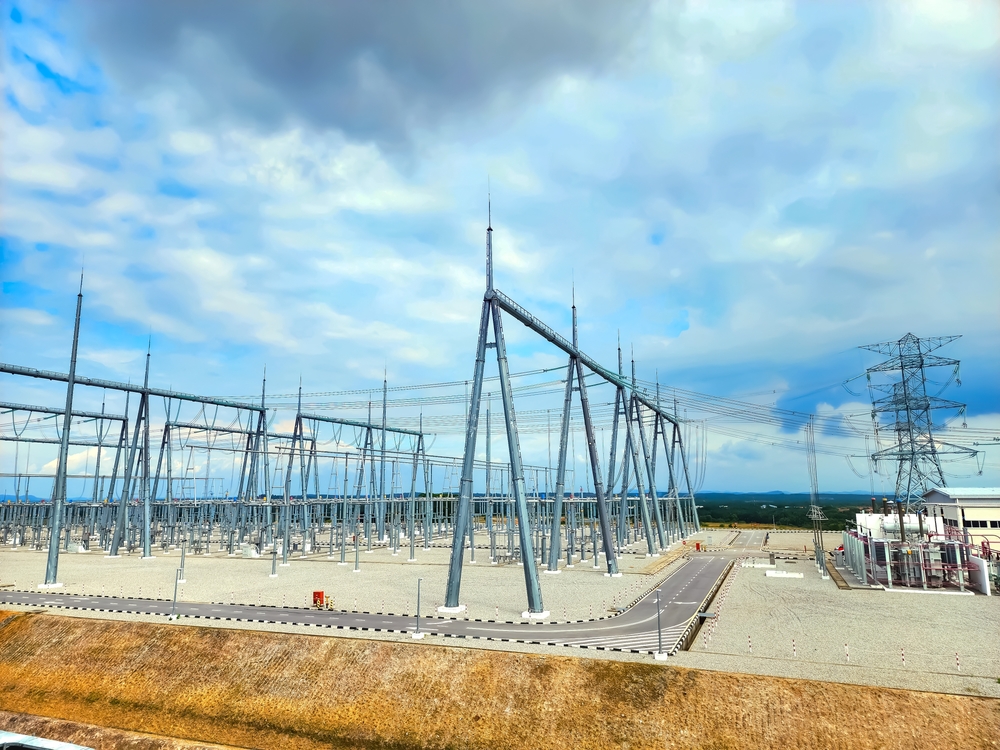
For solar-powered cars to be practical, they need to be integrated with the existing electric grid, especially when sunlight is not sufficient. However, current grid infrastructure in many regions is not optimized for solar energy. Upgrading the grid to accommodate renewable energy technologies will be vital for supporting the use of solar-powered vehicles on a larger scale.
Competing Alternative Energy Sources

Solar energy competes with other renewable energy sources, such as wind or hydrogen, which may be seen as more viable for certain applications. These alternative technologies often receive more attention and investment, which can overshadow the potential of solar-powered cars. As a result, the competition for resources and focus slows down the development of solar vehicle technology.
Insufficient Government Incentives
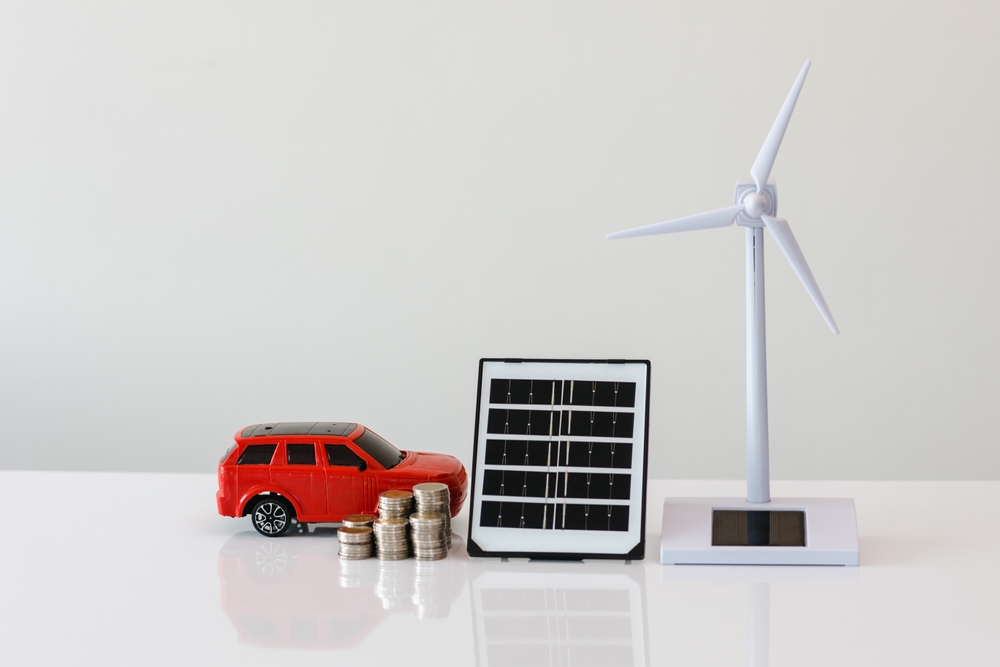
In many regions, government incentives for solar-powered cars are either lacking or not as robust as those for traditional electric vehicles. Without financial incentives, such as tax breaks or rebates, consumers may be less inclined to choose solar cars over more affordable alternatives. Expanding government support is crucial to making solar-powered cars more accessible and attractive to the general public.
This article originally appeared in MyCarMakesNoise.
More from MyCarMakesNoise
20 Revolutionary Motorcycles That Changed the Industry

Motorcycles have always been more than just machines—they’re symbols of freedom, innovation, and style. Over the years, certain models have stood out, leaving a lasting impact on the industry. Read More.
16 Must-Visit Naval Museums Featuring Historic Ships and Submarines

Naval museums offer a unique glimpse into maritime history, showcasing historic ships and submarines that played vital roles in shaping the world. Read More.
20 Timeless Luxury Sedans That Embodied Elegance

Luxury sedans are the epitome of elegance and comfort, combining sophisticated design with advanced technology. Throughout automotive history, certain models have stood out for their exceptional style and refinement. Read More.


